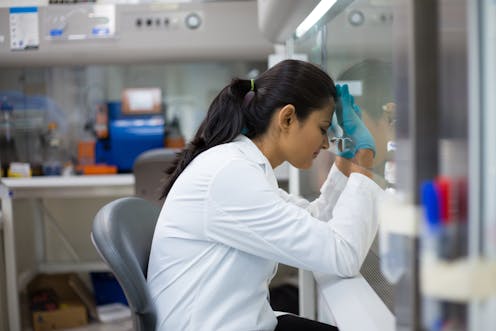'Geostorm' movie shows dangers of hacking the climate – we need to talk about real-world geoengineering now
- Written by Jane A. Flegal, Ph.D. Candidate, Environmental Science, Policy, and Management, University of California, Berkeley
 Is this the endgame for any geoengineering scenario?'Geostorm' still
Is this the endgame for any geoengineering scenario?'Geostorm' stillHollywood’s latest disaster flick, “Geostorm,” is premised on the idea that humans have figured out how to control the Earth’s climate. A powerful satellite-based technology allows users to fine-tune the weather, overcoming the ravages of climate change....










